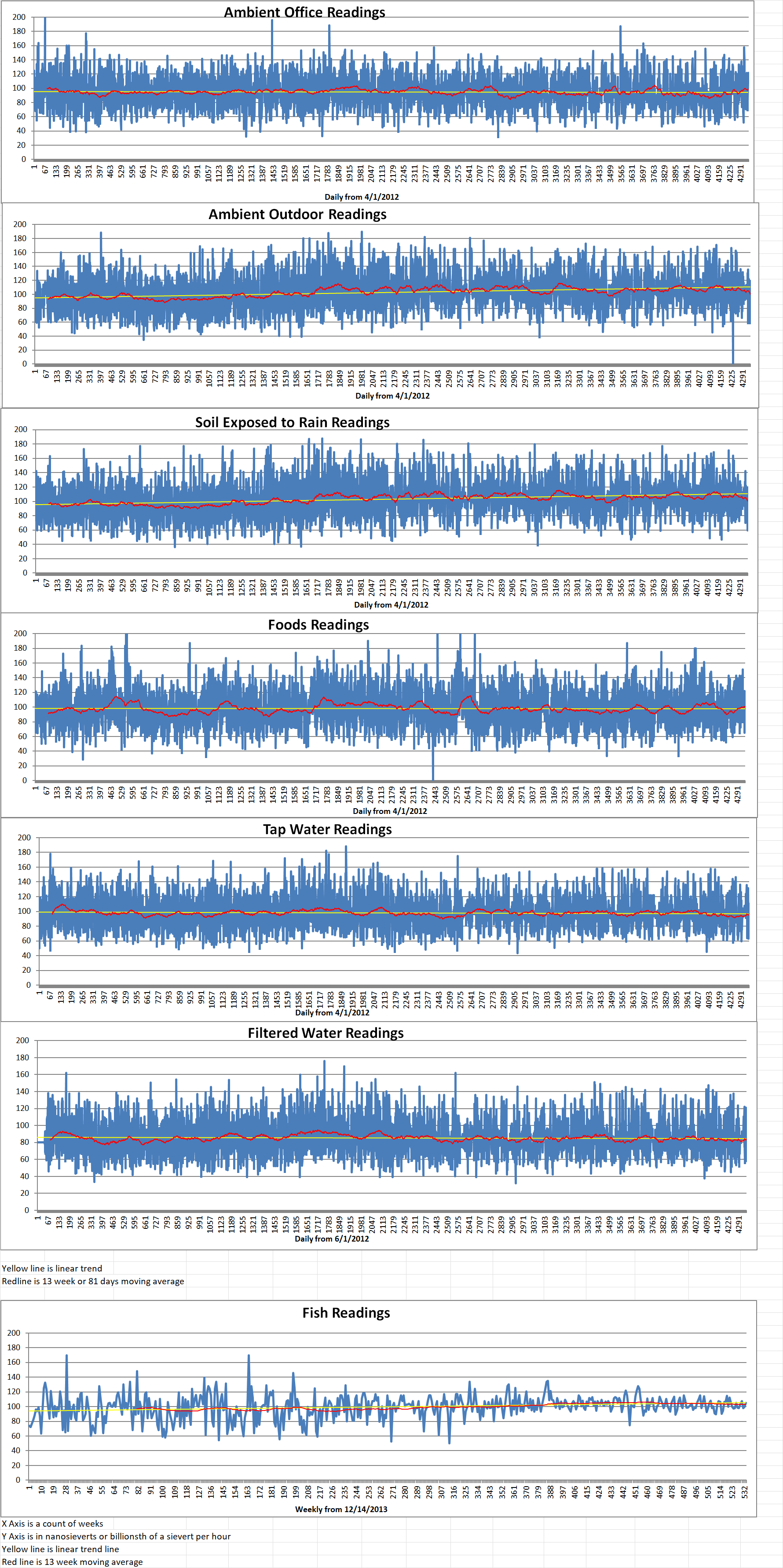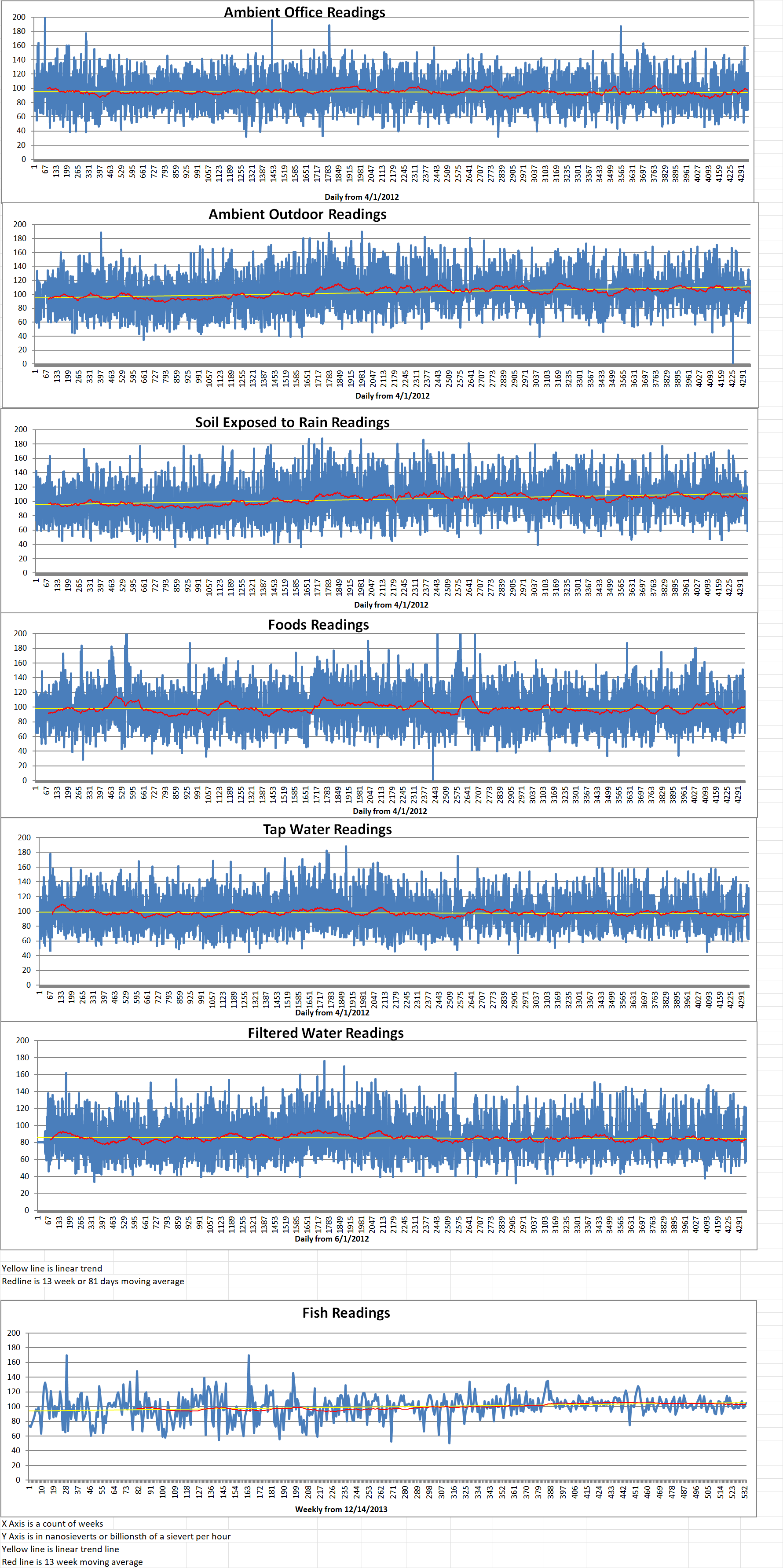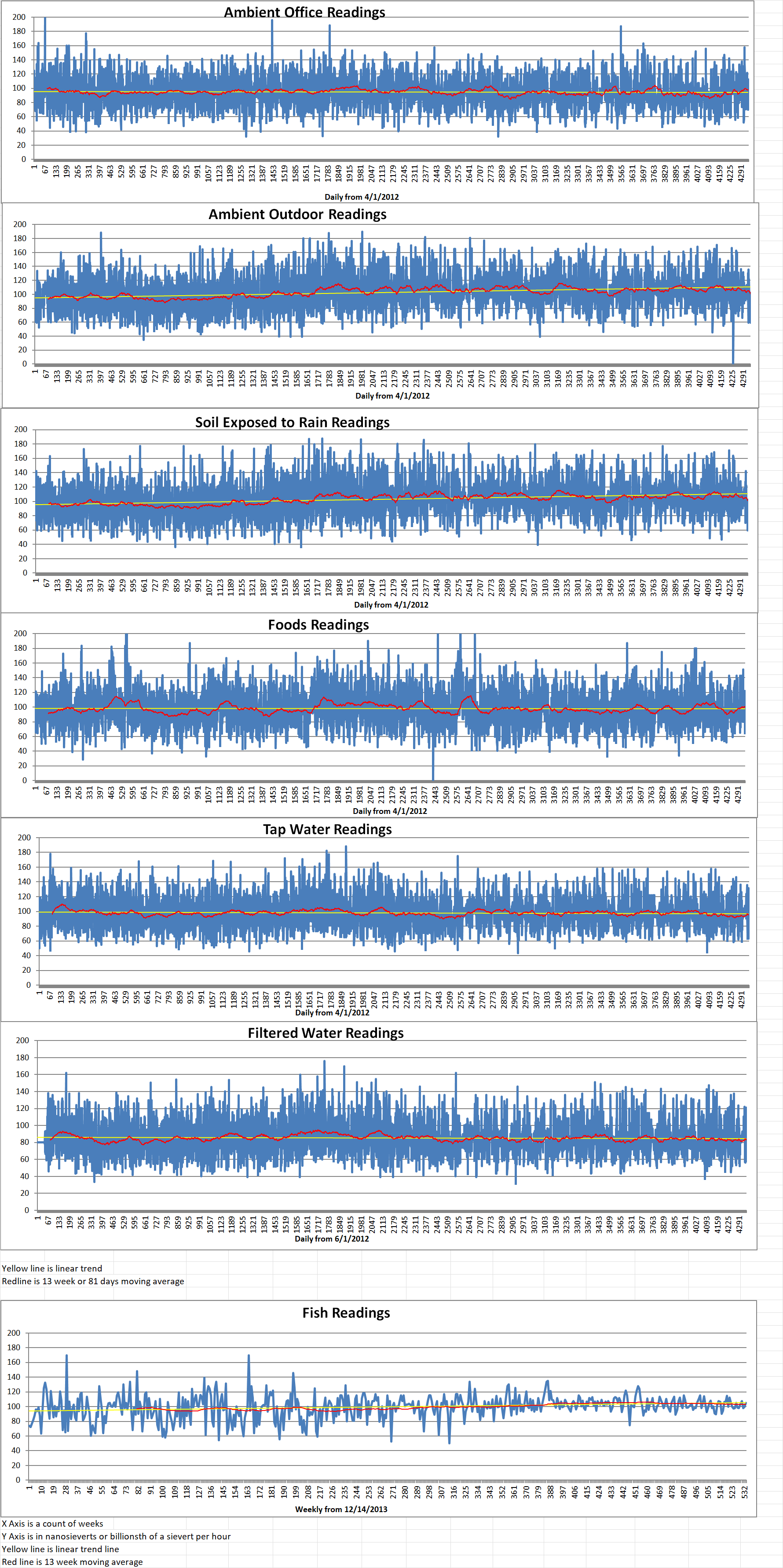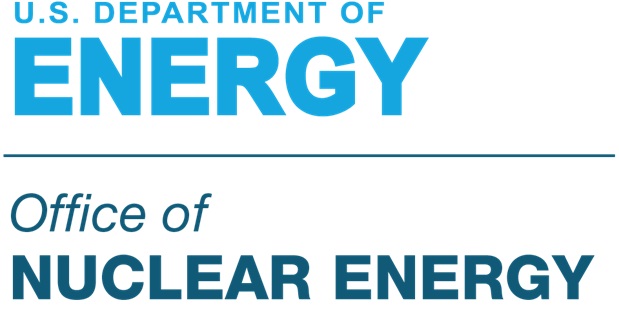Part 2 of 2 of 2 Parts (Please read Part 1 first)
The U.S. currently gets about twenty percent of its power from nuclear fission power reactors. Inside the U.S. Energy Department, there is high interest to increase that percentage in the coming years because nuclear energy is reliable and doesn’t produce as much climate pollution as fossil fuels.
Goff added, “We need some firm, clean baseload electricity — nuclear provides that. In order to meet our energy security needs and our climate goals, we do need significantly more nuclear energy deployed.”
The nuclear power industry is increasingly focused on SMRs, which run on HALEU. These reactors can last longer than conventional ones and fit into smaller spaces. This makes them more versatile and easier to set up.
The uranium for conventional reactors is enriched up to five percent and HALEU is uranium enriched to between five and twenty percent. Highly enriched uranium is anything more than twenty percent. If enriched to over ninety percent, it is used in weapons.
Josh Jarrell is director of the Idaho National Laboratories fuel cycle science and technology division. He said, “You can get more energy in smaller spaces,” You can be more energy dense, you can make more effective fuel, theoretically, we could generate electricity more economically.”
Dan Leistikow is the vice president of corporate communications at U.S.-based uranium enrichment company Centrus Energy. He said that Centrus is one of two enrichment companies in the US working to break America of its dependence on Russia. Russia supplies the vast amount of the world’s enriched uranium for fueling reactors. The U.S. Congress recently passed an import ban on Russian uranium. This has resulted in a supply squeeze both for HALEU and fuel for conventional reactors.
Leistikow told an interviewer that after a “lack of investment over decades,” Centrus intends to “restore a domestic enrichment capability with U.S. technology” to meet the demand for the country’s electricity and for its national security.
The U.S. Energy Department estimates that the advanced nuclear industry will need forty tons of HALEU by 2030. Centrus is seeking funding from DOE to expand its operations. It can currently enrich a little less than one ton per year. The leftover U.S. nuclear arsenal will be able to contribute six tons of HALEU by 2027.
TerraPower’s Navin said that six tons of HALEU is a “great start,” but far from enough for his company’s first core load, not to mention other advanced nuclear projects in the U.S.
Exactly how much highly enriched uranium the U.S. has stockpiled is a classified secret. There are a lot of interests competing for HALEU, from national security to research reactors.
Congress recently directed the U.S National Nuclear Security Administration and U.S. Energy Department to prioritize converting the old U.S nuclear arsenal into advanced reactor fuel.
Navin said that “Within their possession, they have more than enough (highly enriched uranium) to make many, many, many tons of HALEU.” This recalls the old Biblical injunction to make swords into plowshares.






